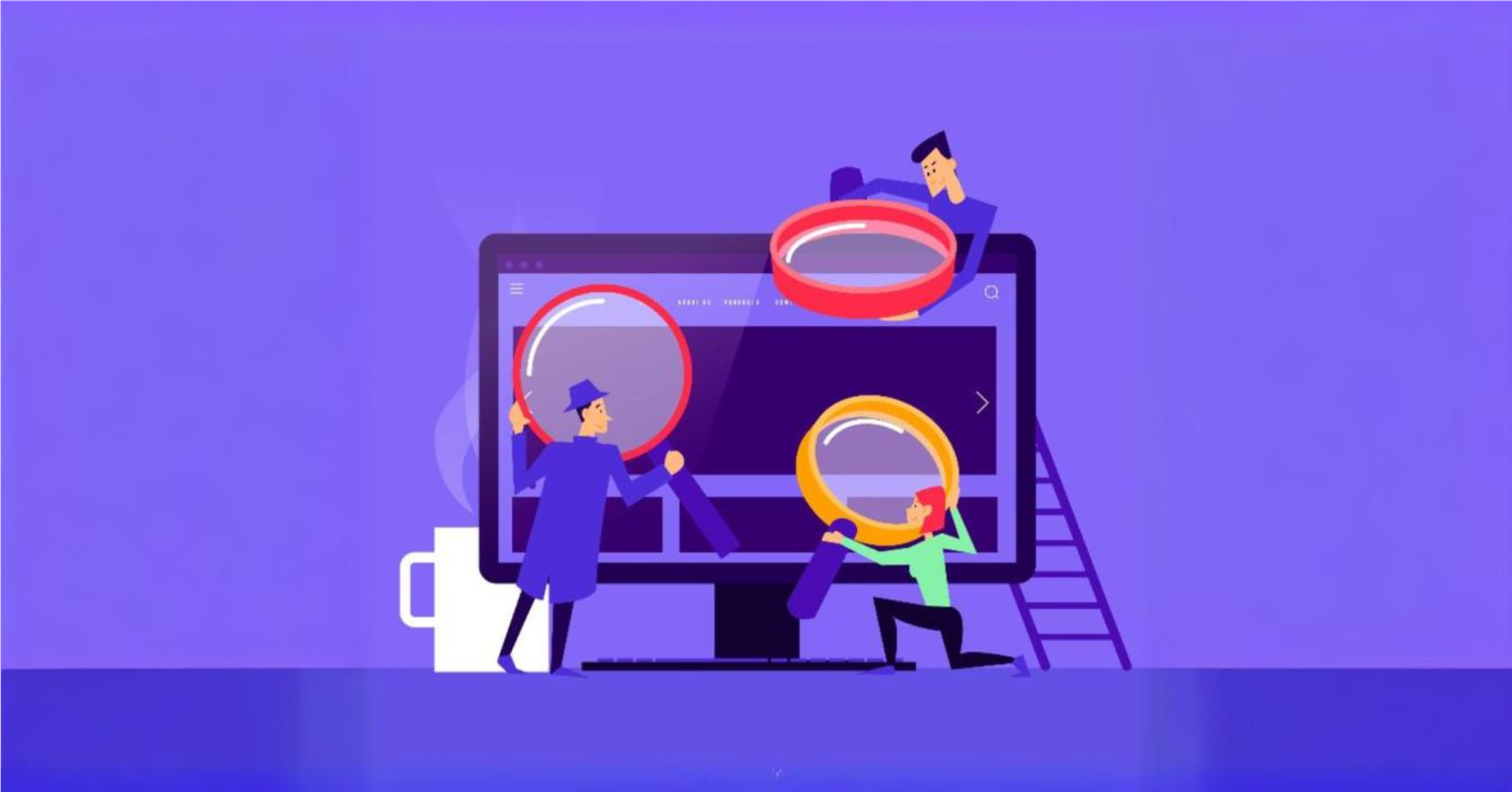Is it just me, or do you find it hard to stand tall in the crowded online buying market? The rise of e-commerce makes it all the more crucial to put effective marketing techniques in practice to attract and retain clients. E-commerce marketing raises sales, drives traffic, and builds your brand through unique and entertaining material offered to customers across different platforms.
These marketing strategies, from social media to SEO, influencer collaboration, and loyalty programs, can catapult your business into growth. We’ll list down the top e-commerce marketing strategies in this blog. Let’s help you grow your business online and stay ahead in the contemporary digital market. best ecommerce marketing strategies
Basics of E-Commerce Marketing
What is E-Commerce Marketing?
E-commerce marketing is the strategic development of online companies to draw traffic, turn visitors into customers, and build loyalty using interesting and focused communication. It includes several strategies including paid advertising, content marketing, email marketing, social media, and SEO. The main goals here are Improving exposure, reaching the proper audience, and increasing revenue. Using a combination of channels allows companies to interact with possible customers at several phases of the purchasing process, leading them from awareness to purchase and beyond.
This is the kind of marketing that is pivotal in today’s digital era, which helps companies seek out clients wherever they may be-on search engines, social media, or email. Efficient e-commerce marketing helps a company establish clarity of presence, connection with the consumer, and ultimately maximizes every point of contact to support return business.
The Benefits of E-Commerce Marketing
For an e-commerce business, digital marketing is the backbone of success. And, with e-commerce marketing, you can advance your company even further.
Here’s how e-commerce marketing benefits a business:
- By using the internet for trading, you can reach clients from across the world, thus no longer being limited by your geographical location.
- An overarching marketing strategy for e-commerce will improve the reputation of your company and provide opportunities to stand out in a congested marketplace.
- By bringing targeted visitors to your website, practices like SEO and paid advertisements increase the chances of you closing a deal.
- Digital Marketing, unlike conventional marketing, is more efficient when it comes to expenditure and returns.
- An excellent way of achieving individualized and data-driven personalization will meet the demands of each specific customer while raising the overall customer satisfaction level.
How to Create a Successful E-Commerce Marketing Plan
The formulation of a successful e-commerce marketing strategy becomes structured, as it requires a step-by-step procedure, so you can assuredly reach and convert your target audience. Here is how you can chart your course toward making a strong one.
1. Outline Your Goals
Start by outlining specific, quantifiable goals for your company. These include raising website traffic, expanding client base, or percentage increase in revenue. Having clear goals will direct your approach and offer standards for the evaluation of your growth.
2. Determine Your Target Market
Specify your target clients’ demographics, hobbies, purchasing patterns, and pain areas among other things. Knowing your audience helps you properly match your products and message to their demands.
3. Research Competitors
Analyze competitors in your niche to learn about their policies, the items they are pushing, and the pricing schemes they apply. Point up any weaknesses in their strategy that you might use, including unusual positioning or unfulfilled market demands.
4. Decide Positioning and Pricing
Choose from competitive pricing, premium positioning, or value-based pricing a price plan that fits your brand and target market. Your market positioning will affect customer impressions of your brand, so make sure it is unique and enticing from those of your competitors.
5. Identify Important Marketing Channels
Choose the marketing outlets your target market uses the most. Common e-commerce channels comprise social media (Instagram, Facebook), email marketing, SEO, content marketing, and sponsored advertising. Customize your efforts for the platforms y our company finds to have the best return on investment.
6. Outline Your Strategy and Record Results
Write a detailed marketing strategy covering your goals, strategies, budget, and deadlines. Track your success across channels using analytics tools, evaluating traffic, conversion rates, and client acquisition expenses to find whether your plans are producing the expected outcomes.
7. Test, Refine, and Scale
Frequent testing of several components of your campaigns—such as ad creatives, email subject lines and landing pages—helps you find what most connects with your audience. Based on these realizations, scale up effective ideas to maximize your influence and refine your strategy. Constant iteration and optimization will help you fit new trends and guarantee consistent expansion for your online store.
These steps will help you create an e-commerce marketing strategy that sets your company in line for long-term success and steady expansion.
The Top 10 E-Commerce Marketing Strategies to Scale Your Business Online
Each one of the following techniques contributes in different ways to let e-commerce companies draw in, interact with, and retain customers. Here’s how one should start:
1. Optimize for Search Engines (SEO)
Driving natural traffic to your online store requires SEO. Emphasize improving meta tags, headlines, and product descriptions using relevant keywords. Also, make sure your site runs fast and is mobile-friendly as these elements affect ranking. Use structured data—such as schema markup—to let search engines better grasp your product information.
On the other hand, if your business serves a local community, such as a small bakery or family restaurant, you might want to look into optimizing your business for local SEO.
Pro Tip: Share blog entries on your products or sector. This improves your SEO ranking and grabs the attention of possible customers with useful knowledge.
2. Leverage Social Media Marketing
Social networking sites such as Facebook, Instagram, and Pinterest let you highlight items and interact with customers. This, in turn, helps generate traffic back to your website. Share interesting information such as special discounts, customer reviews, and product images. Reaching new customers and promoting brand loyalty can be quite successful using stories, reels, and shoppable postings.
Pro Tip: Especially on Instagram, deliberately use hashtags to boost the exposure of your posts.
3. Invest in Paid Advertising (PPC)
Google ads, Facebook, and Instagram PPC advertising enable you to focus on demographic specifications, behavior, and interests. This provides a quick and effective way to push traffic straight to your product pages. A well-optimized campaign on Facebook for Advantage+ Shopping allows businesses to reach an audience likely to buy. Retargeting ads tend to work well with e-commerce, targeting users who have visited your site in the past but have not purchased.
Pro Tip: For your PPC advertisements, concentrate on high-intent keywords to get people eager to purchase.
4. Implement Email Marketing Campaigns
One of the most powerful tools for cultivating leads and boosting return business is email marketing. Sort your readers and design individualized emails depending on their browsing and buying behavior. To keep new members involved, send welcome emails including product suggestions, abandoned cart reminders, and special offers.
Pro Tip: To raise your open and click-through rates, run A/B testing on subject lines and include call-to-actions.
5. Utilize Influencer Marketing
Working with influencers can enable you to establish a reputation and reach an involved audience. Influencers may present your goods to followers who value their advice, raising the visibility of your brand and generating visitors to your store. Select influencers whose target market closely fits your own.
Pro Tip: Micro-influencers might provide a higher ROI with around 10,000 to 100,000 followers. Moreover, they have more involved audiences than mega-influencers.
6. Create Quality Content
Content marketing raises brand power and could help your search engine results. Plus, blogging works well for providing answers to frequently asked questions, highlighting product uses, and sharing industry-specific insights. Equally effective are videos, which provide a graphic and interesting means to highlight behind-the-scenes material, client quotes, or product demos.
Pro Tip: To maximize your material, consider turning blog entries into reels or social media posts.
7. Optimize Your Website for Mobile
Your website has to offer mobile users a smooth experience as mobile commerce expands. Make sure pages load fast and that their layout on all devices is user-friendly. By lowering bounce rates and increasing conversion rates, a mobile-optimized site gives your visitors a better experience.
Pro Tip: Testing your site on several devices can help you guarantee compatibility and simplicity of use across platforms.
8. Utilize Retargeting Ads
Retargeting advertising centers on guests who, on their initial visit, did not buy anything. Displayed on sites like Google and Facebook, these adverts remind viewers of the items they saw, motivating them to come back and finish their purchase. Because retargeting targets customers who already know your brand, it is very successful.
Pro Tip: In your retargeting advertisements, provide a limited-time deal to inspire reluctant consumers to make a purchase.
9. Improve User Experience (UX/UI)
An easy and fun shopping trip motivates people to come back. Make sure your website has clear product categories, detailed product information, and customer reviews. All of this will help define your products. Provide several payment alternatives and a guest checkout function to streamline the checkout process and decrease cart abandonment.
Pro Tip: Find areas of your website that need work using heatmaps and client comments.
10. Offer Loyalty Programs and Discounts
Retaining consumers and promoting repeat business are two areas where loyalty programs shine. Give points or rewards for referrals, purchases, or social media brand sharing. Apart from that, occasional discounts and sales campaigns may generate buzz and revive past clients as well as draw fresh ones.
Pro Tip: As a thank you for their loyalty, provide members of your loyalty program exclusive offers or early access to discounts.
Bonus Point
Use data, analytics, and insights. Tools for analytics help you get insightful data on consumer interaction with your marketing campaigns and website. Popular items, website traffic, and conversion rates may all be found in Google Analytics, Shopify Analytics, and other sites. Data analysis helps you modify your marketing plans so that they concentrate on what is working and improve what is not. Plus, set up conversion monitoring to find top-performing channels and gauge the return on investment of every campaign.
Conclusion
From SEO and social media to email and influencer marketing, e-commerce marketing has several ways to help you expand your online store. These techniques can generate traffic, boost conversions, and promote client loyalty when done well. Choose a few tactics that fit your company objectives to begin and progressively use them as you evaluate their effects.
Through regular data analysis and method optimization, you can develop a marketing plan that not only increases your sales but also distinguishes your company in a saturated online market. Ready to start your road toward scalable expansion? Get started today!
What’s your secret strategy to boost leads and sales and which type of e-commerce marketing strategy is your go-to?







